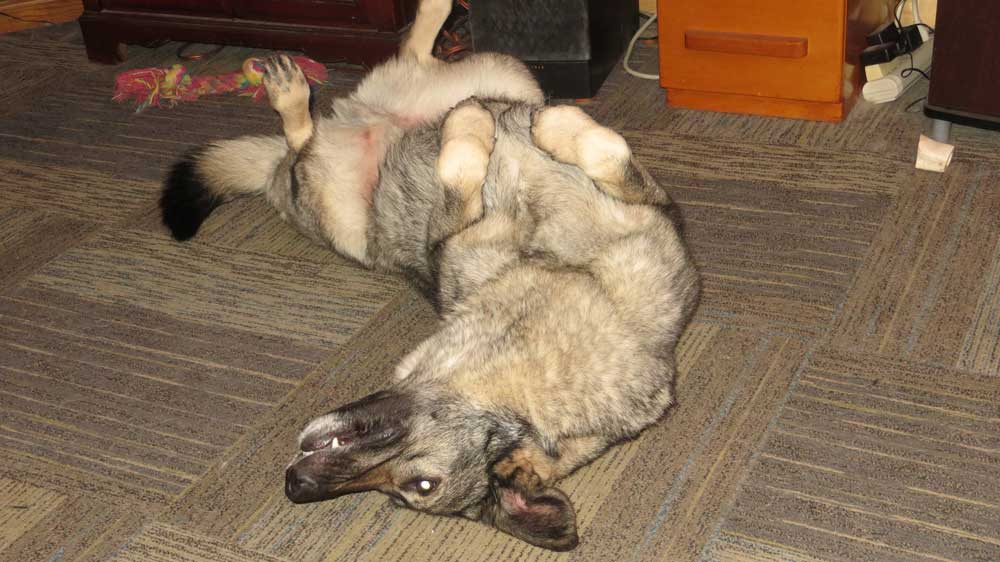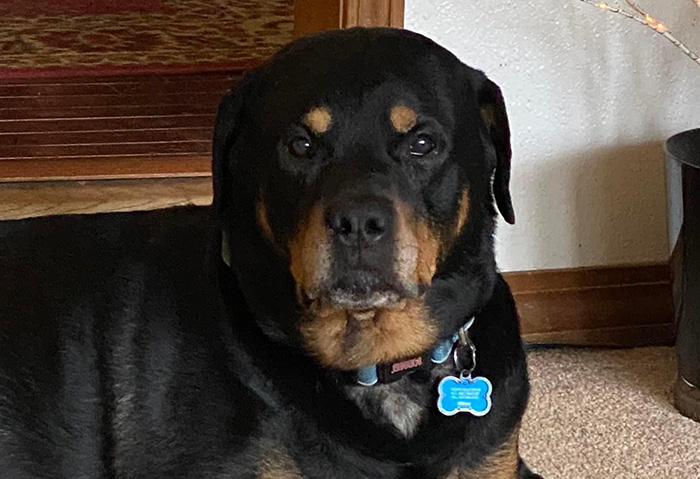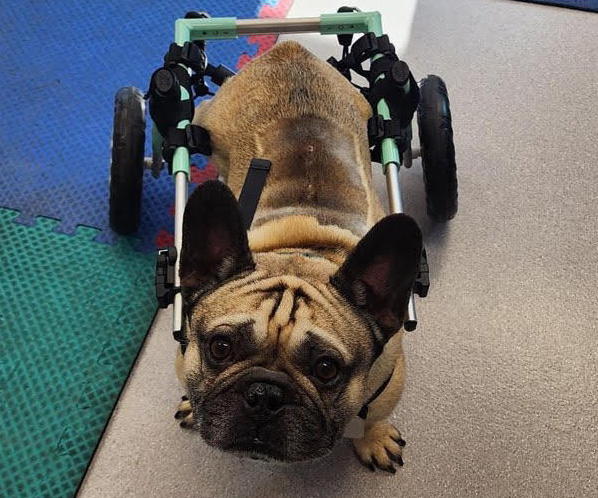Drop Off and Surgery Consent Form
Your primary veterinarian will let you know what time to drop off your pet. When you do so, you will be asked to fill out and sign a surgical consent form. This form also includes current medications (name, dose, frequency, when last given), known allergies or drug reactions, and your resuscitation wishes should unexpected cardiac arrest occur during surgery. Bring all your pet’s current medications with you. Surgery cannot be performed unless this form is signed. In some circumstances, a verbal signature may be asked for over the phone instead.
Communication with Dr. Serratore
Although the start and end times of your pet’s surgery cannot be guaranteed, you will receive a brief phone call from Dr. Serratore directly before surgery so that you have the opportunity to discuss any last-minute concerns or questions. Dr. Serratore will also call you after surgery to provide an update on how the procedure went and to highlight any important aftercare considerations. It is important for you to have your phone on during the entire surgery day in case an unexpected situation arises.
Surgical Process
To help prevent hypotension under anesthesia, your pet will have an IV catheter placed and IV fluids started by your primary veterinarian before Dr. Serratore’s team arrives. The host hospital will supply the anesthetic equipment and medications. All surgical instrumentation and implants are provided by Dr. Serratore. Your pet will receive the highest standard of care in surgery along with appropriate multi-modal pain control. Once your pet is awake after surgery, your primary veterinarian will guide the post-operative care and discuss discharge instructions with you. In certain situations, continued overnight care at a 24/7 emergency clinic may be recommended. Any tissue samples acquired during surgery will be submitted to the lab by your primary veterinarian.




